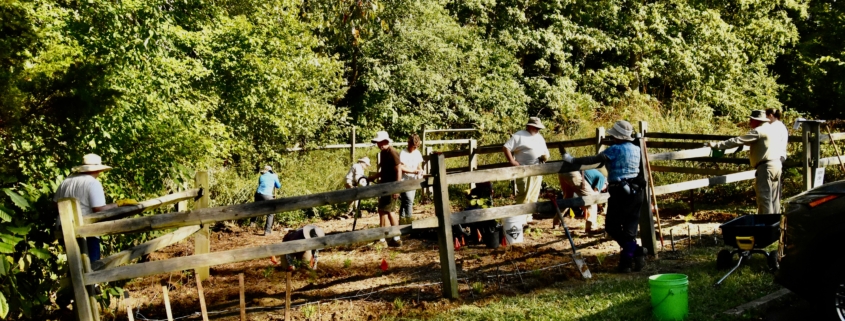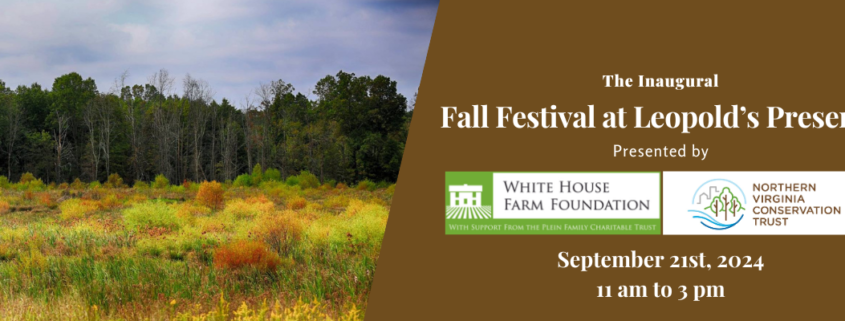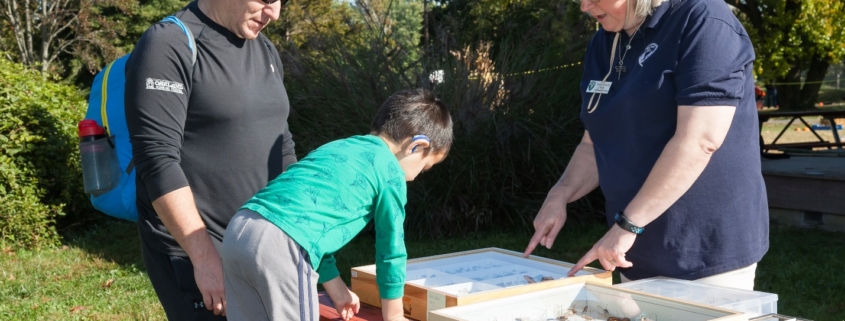A Rewarding Day
National Public Lands Day at Mason Neck State Park (MNSP) was rewarding in more ways than one. The day saw a service commendation presented to our chapter president and the initial planting of a major pollinator garden.
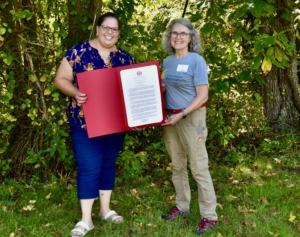
Senator Pekarsky and FMN Sarah Mayhew – photo FMN Rob Warren
Virginia State Senator Stella Pekarsky (36th district) presented Sarah Mayhew with a volunteer commendation (Senate Resolution number 161). Senator Pekarsky, a member of the Senate Agriculture, Conservation, and Natural Resources committee, presented Sarah with a conservation award recognizing her 20+ years of conservation service in Fairfax County.
Sarah has been the Virginia Master Naturalist – Fairfax Chapter president
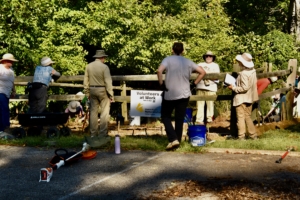
FMN crew planting the garden – photo Rob Warren
since 2023 and championed our chapter project at MNSP. The project commits 5 years of service to restore and maintain two large pollinator gardens and the native plants surrounding the visitor’s center. For the Public Lands Day event, 23 FMN gathered to plant the ‘Forest Edge’ garden with native plants appropriate for that specific area. Of course, the pot-luck picnic prior to the work shift, coordinated by FMN Mike Walker, made for happy laborers. The chapter project maintenance phase will continue for the next 3 years. Volunteers can sign up for work days via the BI calendar.
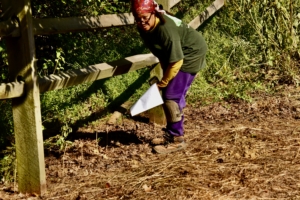
FMN Stephanie Johnson – photo Rob Warren
FMN Stephanie Johnson (owner Green Steeze Landscaping) and landscape architect, designed the garden with Jim McGlone, purchased all the native plants with funds from Friends of Mason Neck State Park, and volunteered many of her own hours along with some of her crew’s hours to help plant it. A very generous contribution of time and resources. Thank you Steph! You’re the best!
Acknowledgments:
– Thanks to Jamie Leeuwrik, Chief Ranger for Visitor Experience at MNSP and a Fairfax Chapter co-advisor, for supporting the chapter project.
– FMN Mike Walker – kudos for coordinating and setting up the picnic.
– Jim McGlone’s significant contributions to the project.


